The harsh truth behind Bangladesh's poverty reversal
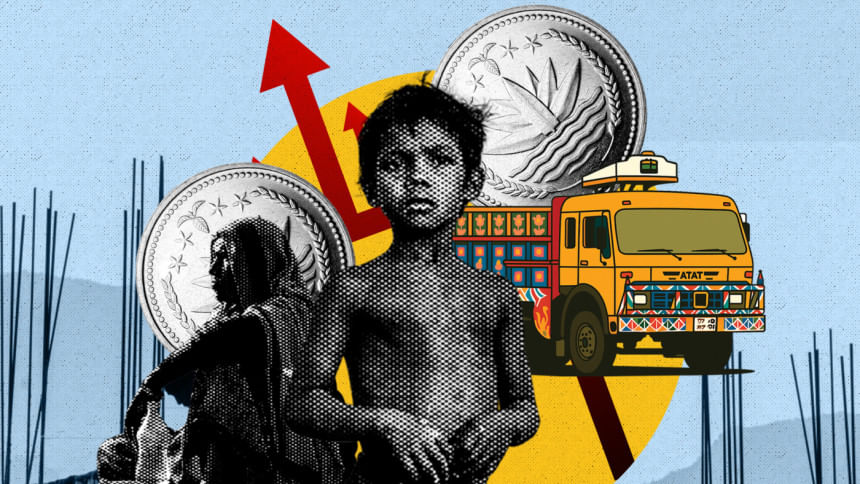
The recent finding from the Power and Participation Research Centre's (PPRC) survey—that over one in four people in Bangladesh now live in poverty, a sharp increase from the rate reported by the Bangladesh Bureau of Statistics (BBS) in 2022—should serve as a sobering alarm bell. This represents a shift in narrative and challenges us to rethink our understanding of the country's development success story. For years, Bangladesh was considered a "poster boy" for economic growth, a country steadily moving up the ladder of advancement. But this growth apparently was on unstable footing, as is now being revealed by a confluence of crises. The question we must confront is not simply why poverty reversal (when decreasing poverty levels start to rise) is happening, but why the earlier gains proved so vulnerable in the first place.
To understand the current predicament, we have to look back at the data that shaped our previous optimism. The official BBS figures for 2022, which showed a much lower poverty rate, standing at 18.7 percent, were always somewhat puzzling. That survey was conducted in 2021, a period when the economic scars of the Covid-19 pandemic were still raw and the recovery was far from complete. That is, the point in time when the data were collected mattered. Other research organisations, like South Asian Network on Economic Modeling (SANEM), BRAC Institute of Governance and Development (BIGD), and PPRC also conducted surveys during 2020-2021, but found a sharp rise in poverty. This discrepancy means that the official snapshot of life in 2021 may have grossly underestimated the depth of economic distress households were living through. This implies that the foundation of our poverty reduction narrative was perhaps weaker than we assumed, making the recent reversal less of a sudden shock and more of a delayed acknowledgment of underlying weaknesses.
At the core of the issue is the nature of our structural transformation and the pattern of economic growth. For a long time, we have been experiencing "jobless growth." The economy was expanding, but this expansion did not translate into sufficient, high-quality employment opportunities. The connection between a rising GDP and falling poverty was also weak, a phenomenon that economists call low elasticity of poverty reduction. Put simply, the growth was not inclusive. This means that the benefits of growth were concentrated, leading to rising inequality—a condition that global experience consistently shows countries with high inequality rarely achieve success in reducing poverty.
This exclusion is starkly visible in our most dynamic sector: ready-made garments. Workers in this multi-billion-dollar export industry are often paid a minimum wage (Tk 12,500 or $113 per month) that falls below the poverty line income of $4.20 per day or $126 per month for lower-middle-income countries like Bangladesh. They are the engine of our growth, yet they're not reaping their fair share of that growth. They struggle to maintain a basic standard of living, revealing a critical failure. Most private investments have not led to dignified, well-paying jobs; rather, it has deepened a cycle of low wages and high vulnerability.
From 2022 to 2025, the economy suffered from lingering impacts of Covid, global supply shocks, and prolonged inflation, reflecting a failure in proper macroeconomic management. Although the inflation rate has declined slightly this year, it is still very high. This has also contributed to poverty reversal. Compounding the challenges is a pressing concern over stagnant private sector investment over the past year, as investor confidence remains low amid ongoing political and economic uncertainties, which have failed to provide a solution for job creation.
The results are predictable and dire when the price of food soars while incomes stagnate or decline. The PPRC data reveals that urban households are experiencing this phenomenon. A staggering 55 percent of a family's monthly expenses now go solely to food, leaving little for health, education, or savings. From this perspective, poverty is not just about income; it is about being perpetually one health crisis away from financial ruin. And with Bangladesh having one of the highest rates of out-of-pocket health expenditure in the world, that crisis is a constant threat to millions.
The July 2024 uprising and the subsequent formation of interim government have brought a mix of cautious optimism and deep-seated anxiety. We are seeing improvements in some economic indicators, like an increase in remittances and exports. However, we must be cautious in interpreting these macro-level improvements. We can draw a similar hypothesis of a macro-micro mismatch as we observed during the pandemic. When informal channels for remittances are blocked due to political unrest or anti-corruption drives, more money may flow through formal banking channels, making the national figures look positive. But at the household level, the total amount received might actually be less. The crucial question is: whether this formally recorded remittance is truly reaching families in a way that alleviates poverty, or if it is merely a statistical illusion.
A survey of 2,000 youth by SANEM in May 2025 reveals a deep-seated frustration regarding the path from education to employment. They see a landscape of insufficient jobs, but the problem is more fundamental. They describe a faulty recruitment system where applications go unanswered and an education system that fails to prepare them for well-paid work, compounded by a widespread sense of decaying institutions and persistent corruption. We have discussed this erosion for years. The immediate need is for concrete reforms, but the larger, unsettling question is whether any government, interim or the forthcoming elected, has the sustained will to truly fix these broken systems. The youth's anxiety is a direct reflection of this profound institutional distrust.
The story of poverty reversal in Bangladesh is a complex one, but it has one simple moral. Growth that leaves people behind is fundamentally fragile; stability that breeds injustice is ultimately wobbly, and data that does not reflect reality is ultimately unsustainable. The PPRC numbers are a timely reminder that true development is measured not by the wealth of a few, but by the resilience and wellbeing of many. Without changing our basics, we can not alleviate poverty in Bangladesh.
Dr Selim Raihan is professor in the Department of Economics at Dhaka University, and executive director at the South Asian Network on Economic Modeling (SANEM). He can be reached at [email protected].
Views expressed in this article are the author's own.
Follow The Daily Star Opinion on Facebook for the latest opinions, commentaries and analyses by experts and professionals. To contribute your article or letter to The Daily Star Opinion, see our guidelines for submission.
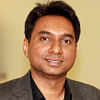
 For all latest news, follow The Daily Star's Google News channel.
For all latest news, follow The Daily Star's Google News channel. 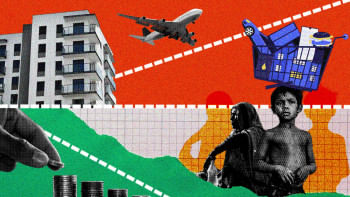
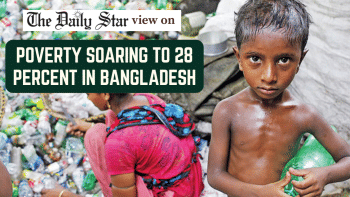
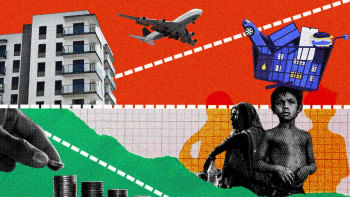



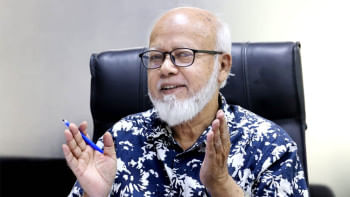
Comments